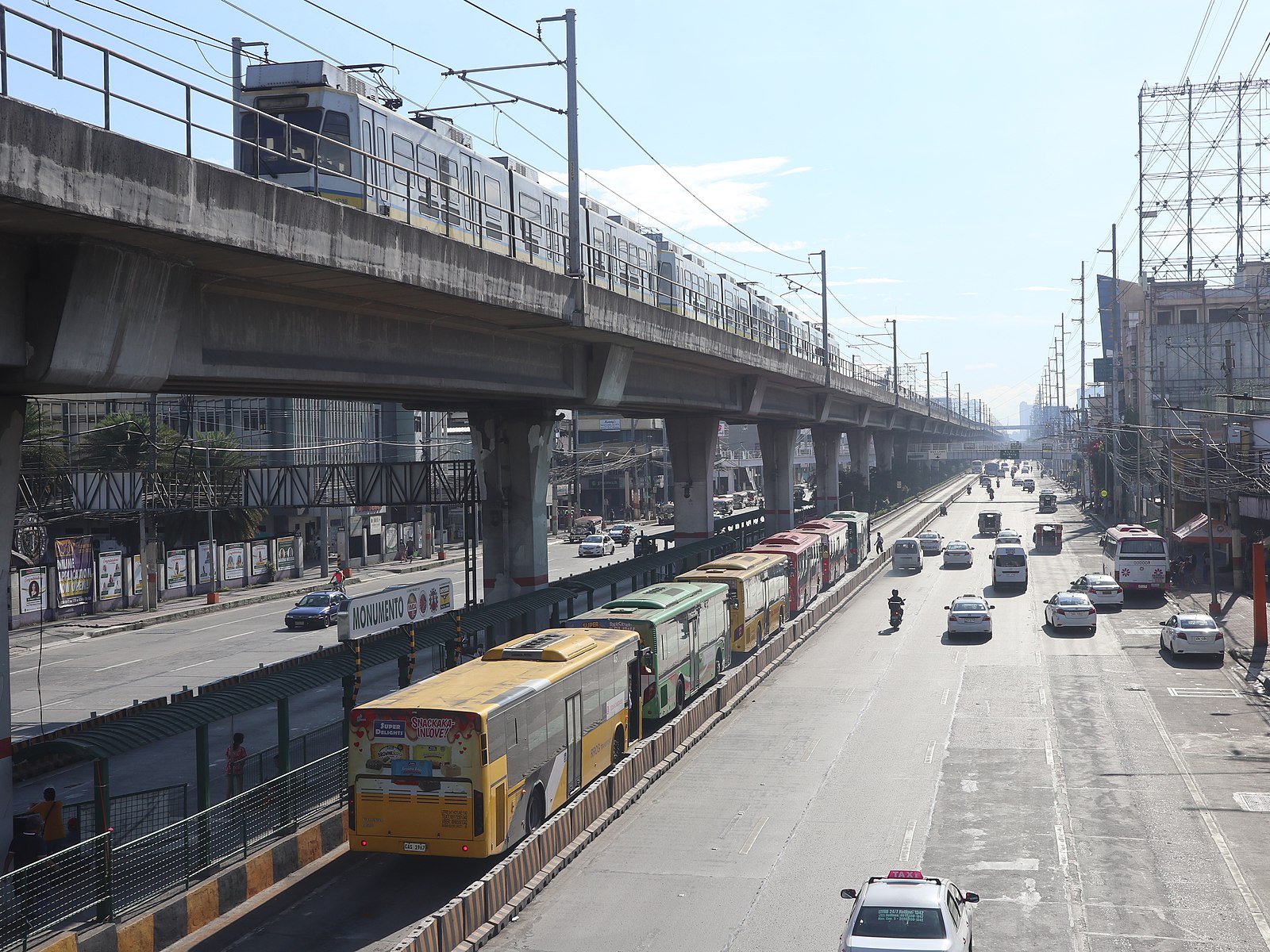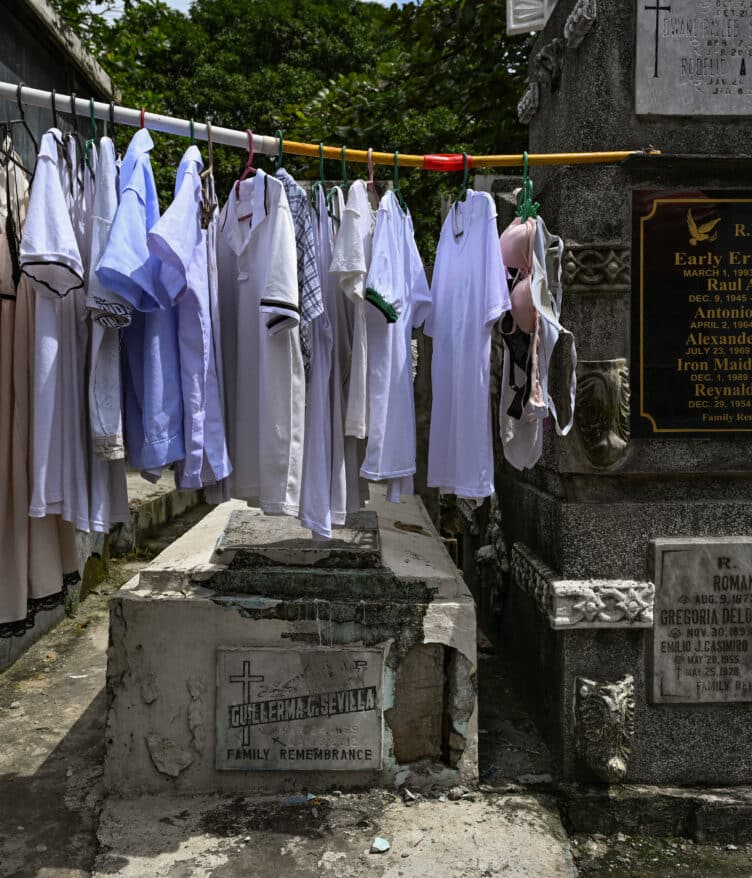The Philippine economy grew 6.4% in the first three months of 2023 despite challenges such as elevated food and energy costs, government data showed on Thursday, May 11.
In its report, the Philippine Statistics Authority said the gross domestic product growth for the January to March period was the fastest among major emerging economies in the region so far, followed by Indonesia (5.0%), China (4.5%), and Vietnam (3.3%).
However, this quarter’s GDP growth was lower than the 7.1% in the final quarter of 2022 and the 8% reported a year ago.
“[W]e need to exercise caution in interpreting this as a slowdown since the previous year’s growth came from a low base. Rather, the economy is normalizing its previous trend,” National Economic and Development Authority Secretary Arsenio Balisacan said.
“The better-than-expected first-quarter performance this year implies that we are returning to our high-growth trajectory despite the various challenges and headwinds we have faced,” he added.
On the demand side, gross fixed capital formation or investment expanded by 10.4% year-on-year, faster than household final consumption expenditure (6.3%) and government final consumption expenditure (6.2%).
Exports only increased by 0.4% in the face of weak global demand, while imports of goods and services rose by 4.2%.
SUGGESTED STORIES:
Drag queen Shewarma introduces ‘Sarah Disgrasya’ at a Halloween party
IT is Halloween again, which means people across the globe.
Pacquiao Keeps Door Open for Mayweather Rematch
THE long-standing rivalry between 21st-century boxing icons Manny Pacquiao and.
From playlist to screen: ‘Spotify Tatak Pinoy Live’ allows fans vote, see their fave OPM
SOMETIMES, listening to our favorite local artist from our playlist.
On the supply side, agriculture grew by 2.2%, industry by 3.9%, and services by 8.4%, owing to the full resumption of economic activity.
“Agriculture’s performance this quarter – primarily due to favorable weather conditions – is a promising beginning to 2023, especially given the expected challenge of El Niño later in the year. We have experienced El Niño before and are confident that with adequate planning and preparation, we can successfully navigate it again this year,” Balisacan said.
“High inflation remains a challenge, and the Bangko Sentral ng Pilipinas’ move to raise its key policy rates to anchor inflation expectations and ensure price stability, may dampen future growth. But the improvement in business climate can counter this unintended effect.”
Budget Secretary Amenah Pangandaman expressed confidence that the Philippines will reach its growth projection, which is at 6.0 to 7.0% for this year and 6.5 to 8.0% for 2024 to 2028, amid various risks posed by geopolitical and trade tensions, a possible global economic slowdown, and weather disturbances in the country.
“The country now has a dynamic domestic economy. This means that even if the regional and global economic environment would worsen, ours has its own momentum and own dynamism to sustain growth,” Pangandaman said.
How useful was this post?
Click on a star to rate it!
Average rating 0 / 5. Vote count: 0
No votes so far! Be the first to rate this post.
We are sorry that this post was not useful for you!
Let us improve this post!
Tell us how we can improve this post?








